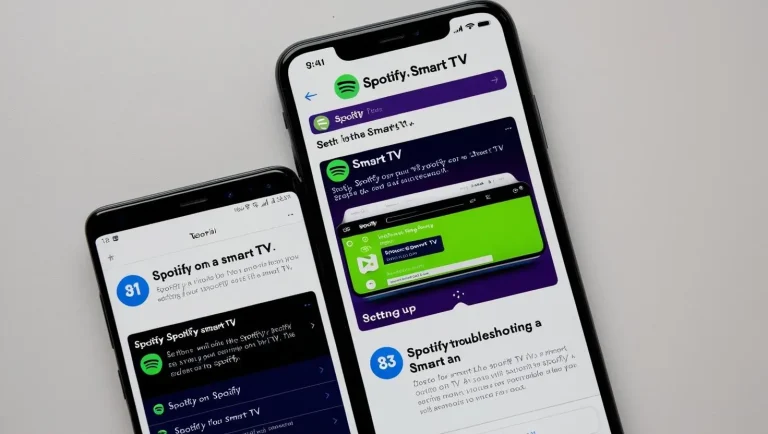Spotify Color Palette: Understanding Its Role in Branding & User Experience
Spotify, the world-renowned music streaming service, is known for its unique and engaging user experience. A significant part of that experience is its distinctive visual identity, which is primarily shaped by the Spotify color palette. This set of colors is pivotal in creating a memorable, cohesive, and recognizable brand. This article will examine the Spotify color palette, its significance, and how it helps the brand stand out in a competitive market. Enjoy unlimited skips, ad-free listening, and high-quality sound with the latest Spotify Premium Mod APK.
Understanding the Spotify Color Palette
The Spotify color palette is carefully crafted to represent the platform’s energy, vibrancy, and modern appeal. The primary colors used by Spotify are shades of green, black, and white. These colors are not randomly chosen; each has a specific meaning and plays a role in the platform’s branding and user interface (UI).

- Spotify Green – This is the dominant color in the palette and is instantly recognizable. It’s a bright, vibrant green shade representing innovation, growth, and energy. The color first comes to mind when most people think of Spotify.
- Black – The black color adds depth, sophistication, and balance to the palette. It is used for text, backgrounds, and accents, helping the vibrant green stand out.
- White – White is mainly used for contrast and clarity. It helps break up the darker elements of the design, ensuring a clean and easy-to-read interface.
Why the Spotify Color Palette Matters
The Spotify color palette is more than just a collection of colors; it reflects the brand’s core values. The strategic use of green symbolizes growth and freshness, while the black adds a sleek, modern look that appeals to Spotify’s diverse audience. Together, they create a harmonious and visually appealing brand identity.

By utilizing these colors consistently across its platform, marketing materials, and app interfaces, Spotify ensures that users have a unified experience, whether they’re listening to music on their phones, computers, or even through smart speakers. This consistency fosters brand recognition and loyalty, making Spotify instantly recognizable wherever it appears. Looking for something new? Explore the best Spotify alternatives for fresh music experiences.
How the Spotify Color Palette Enhances User Experience
One key reason Spotify’s color palette works so effectively is that it is designed with the user experience in mind. The colors are chosen to enhance readability and navigation on the app and website, providing users with an intuitive and pleasant experience. For example, the vibrant green highlights essential elements such as the “Play” button, making it easy for users to interact with the platform.

In addition, the Spotify color palette helps establish a mood that aligns with the music experience. The green hue invites excitement and energy, while the black and white tones offer contrast and simplicity, allowing users to focus on the content – the music.
The Role of the Spotify Color Palette in Branding
Spotify’s color palette serves an aesthetic purpose and is an integral part of its branding strategy. Consistently using these colors in every aspect of the service—from the app to the website, advertisements, and even merchandise—ensures that the brand maintains its visual identity across different channels and platforms.

When users see the Spotify green and black combo, they instantly associate it with the brand. This consistency is vital in building strong brand recognition and helping users feel connected to the platform.
Conclusion: The Impact of the Spotify Color Palette
The Spotify color palette is much more than just a design choice. It’s a carefully crafted element that shapes how users perceive and interact with the brand. From the energetic green to the sophisticated black and clean white, these colors combine to create a visual identity that resonates with millions of users worldwide.
Whether you’re a designer, marketer, or simply someone interested in branding, understanding the importance of color in design can help you appreciate why Spotify’s palette is so effective. By using the right colors, Spotify stands out visually and creates an environment that enhances the user experience and reflects its brand values.






